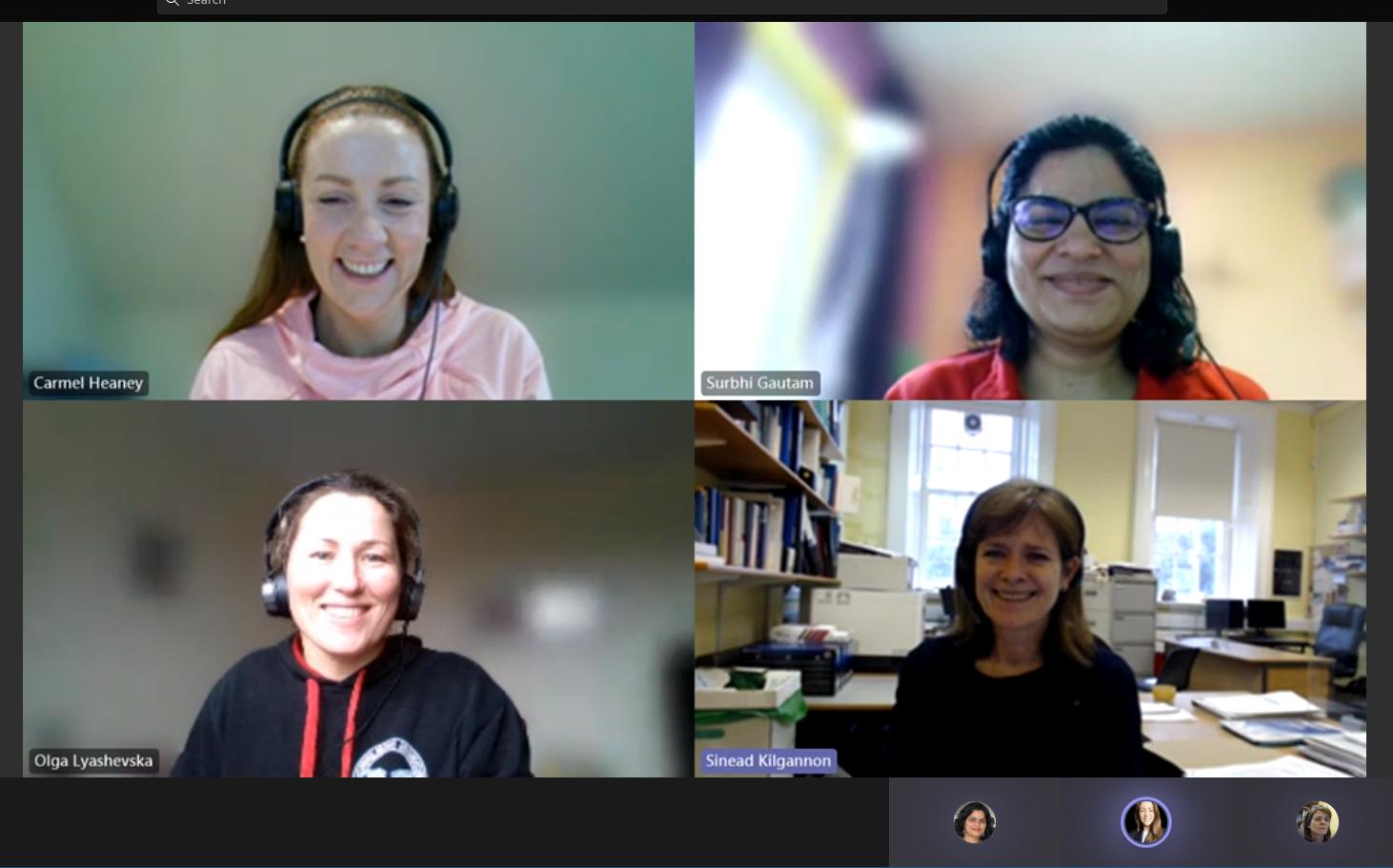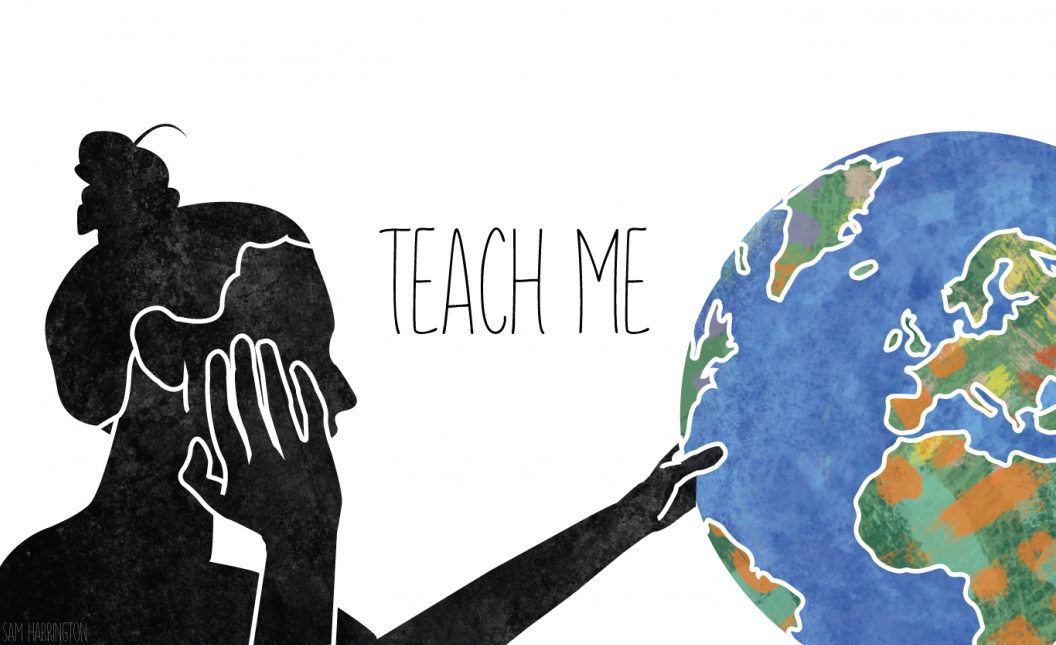Latest posts
Peer support group
In this blog post I would like to reflect on our peer support group and what an
amazing
experience we all had. Honestly speaking, this year was hard, doing full time
teaching, research, suppervising students AND a final year of the Software
Engineering degree would not leave any spare time. Enrolling to the Teaching and
Learning Certificate this year was a bit too naive. These ladies helped me to pull
through and to complete all deadlines (although not all of them on time!)
Read
Christmas T&L Showcase
'Learn from others' used to say one of my professors when I was a student. When we
are open to learn from others we benefit from their experience.
Read
Certificate in T&L Journey
Teaching comes naturally to me. With practice it gets better. I have been teaching
martial
arts for more than a decade and since a couple of years also in academic settings.
Yet I
have never asked myself what kind of teacher I am or what educational theories
underpin my
teaching. This academic year I have asked this question. During Teaching and
Learning module
I have learned a lot as a teacher and an educator. How to make a lesson plan, how to
engage
students, how to use and re-use digital tools sucessfully were just some of the
skills that
I have obtained. But the hardest part was to form a philosophy statement and to
reflect on
what type of teaching style corresponds with me as a teacher. A statement of
teaching
philosophy is a cornerstone of reflective practice in teaching and learning and a
requirement of applicants to academic, teaching positions or tenure tracks. However,
according to literature many candidates report that “they have never reflected on
what they
do when they teach and that they have never systematically written about their
teaching
philosophies and goals” (Schönwetter, 2002). Yet, a personal teaching philosophy is
very
important as the process offers an opportunity for developmental reflection (Beaty
et al,
2009). A spectrum of approaches and frameworks to generate a comprehensive teaching
philosophy statement can be used. A philosophy statement not only reflects personal
beliefs
(self) but also cultures pertinent to a particular subject (discipline) and
institutional
context
(organisation) (Schönwetter, 2002).
Read


